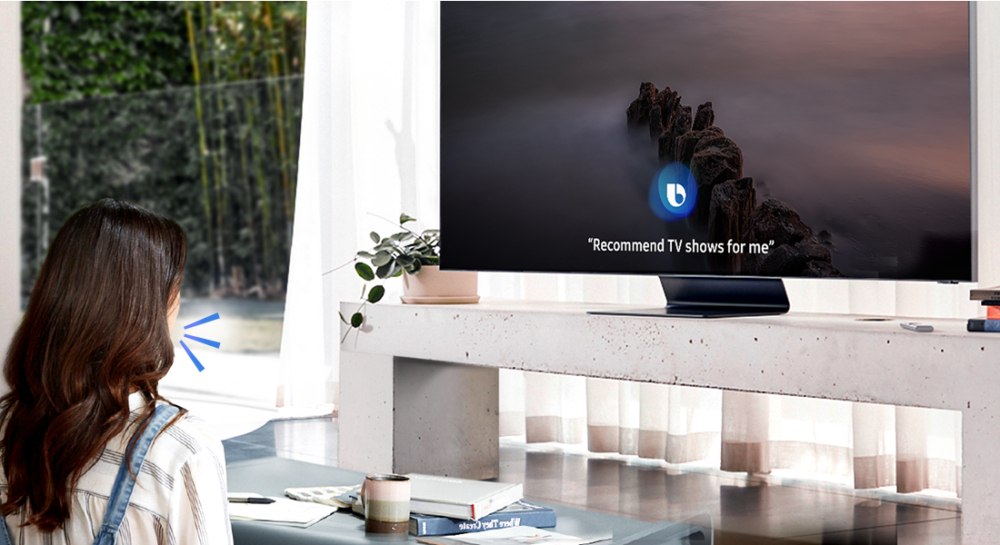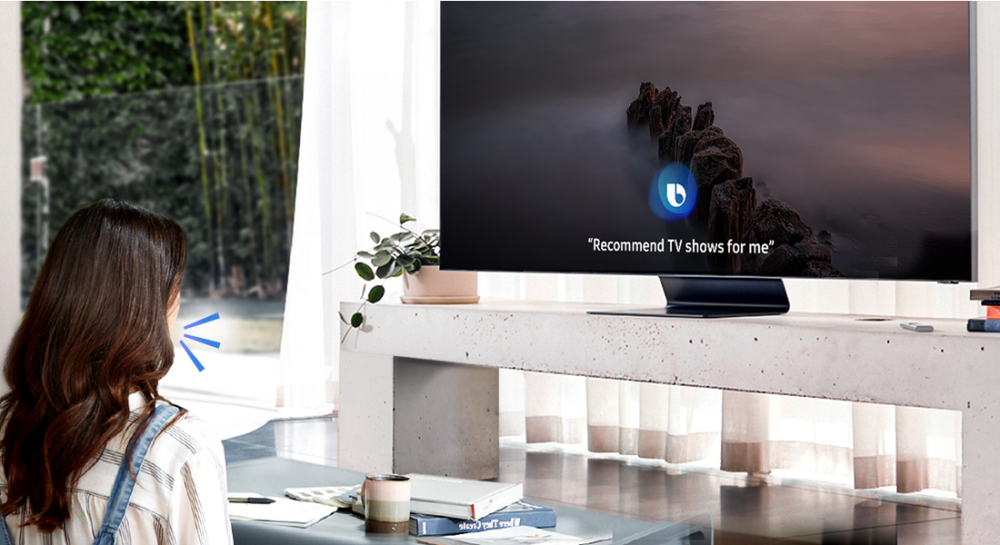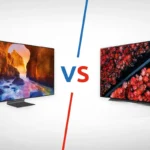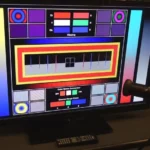In the rapidly evolving landscape of home entertainment, the integration of voice control technology has emerged as a transformative feature in modern televisions. What was once a futuristic concept depicted in science fiction films is now a ubiquitous reality, reshaping how users interact with and experience their TV sets. This article delves into the evolution, benefits, challenges, and future prospects of voice control in TVs, exploring its impact on user convenience, technological advancements, and the broader ecosystem of smart home integration.
Introduction to Voice Control in Televisions
Voice control technology has revolutionized how consumers interact with their devices, transcending smartphones and virtual assistants to encompass larger home appliances, including televisions. The concept is rooted in natural language processing and artificial intelligence, allowing users to command their TVs verbally, eliminating the need for traditional remote controls or manual input methods.
Evolution of Voice Control Technology
The journey of voice control in televisions began with basic commands for channel switching and volume adjustments. Early implementations required specific commands and had limited accuracy, often frustrating users with misunderstandings or misinterpretations. However, advancements in machine learning, neural networks, and natural language understanding have vastly improved the accuracy and capabilities of voice control systems.

Benefits of Voice Control in Televisions
- Enhanced User Convenience: Voice control simplifies the user interface, making it accessible to all demographics, including elderly users or those with limited mobility.
- Seamless Integration with Smart Home Devices: Modern TVs with voice control can integrate with other smart home devices, enabling users to control lighting, thermostats, and even security systems with a single command.
- Accessibility Features: Voice control enhances accessibility features by allowing visually impaired users to navigate menus, change settings, and enjoy content independently.
- Personalization and Recommendations: Advanced AI algorithms can learn user preferences over time, offering personalized content recommendations based on viewing habits and preferences expressed through voice commands.
Challenges and Considerations
Despite its many benefits, voice control in televisions faces several challenges:
- Privacy Concerns: Always-listening microphones raise privacy concerns, prompting discussions about data security and user consent.
- Accuracy and Contextual Understanding: Accurate interpretation of voice commands, especially in noisy environments or with complex requests, remains a technical challenge.
- Integration and Compatibility: Ensuring seamless integration with a wide range of TV models, brands, and smart home ecosystems requires standardized protocols and APIs.
Future Trends and Innovations
Looking ahead, the future of voice control in televisions is poised for continued innovation:
- Natural Language Processing: Improvements in AI will enhance the ability of TVs to understand complex commands and contextual nuances in speech.
- Multi-Language Support: Expanded language capabilities will cater to diverse global markets, enhancing accessibility and usability.
- Gesture and Emotion Recognition: Integrating gesture and emotion recognition technologies could further personalize user interactions and enhance user experience.
- Voice Commerce and Interactive Content: TVs may evolve into platforms for voice commerce, enabling users to shop, interact with advertisements, and engage with interactive content using voice commands.
Conclusion
Voice control technology represents a pivotal advancement in television technology, offering unprecedented convenience, accessibility, and integration capabilities. While challenges such as privacy concerns and technical limitations persist, ongoing research and development promise to further enhance the functionality and user experience of voice-controlled TVs. As consumer demand for intuitive and interconnected home entertainment solutions grows, voice control is set to play an increasingly central role in shaping the future of television technology.
By embracing and adapting to these advancements, manufacturers, developers, and consumers alike can harness the full potential of voice control to create a more seamless, interactive, and personalized viewing experience in the digital age.
This comprehensive exploration of voice control in modern televisions aims to provide your readers with a deep understanding of its evolution, benefits, challenges, and future prospects.



